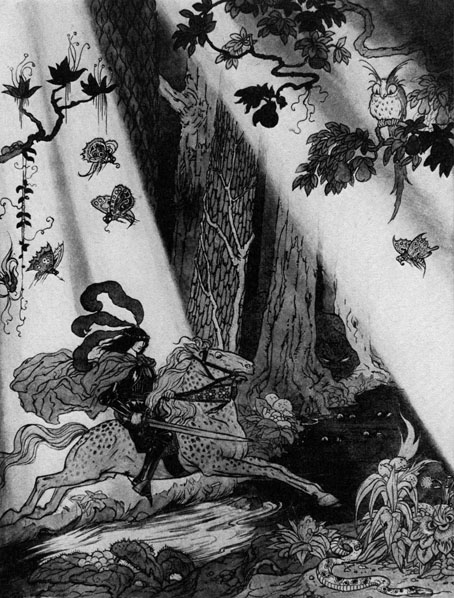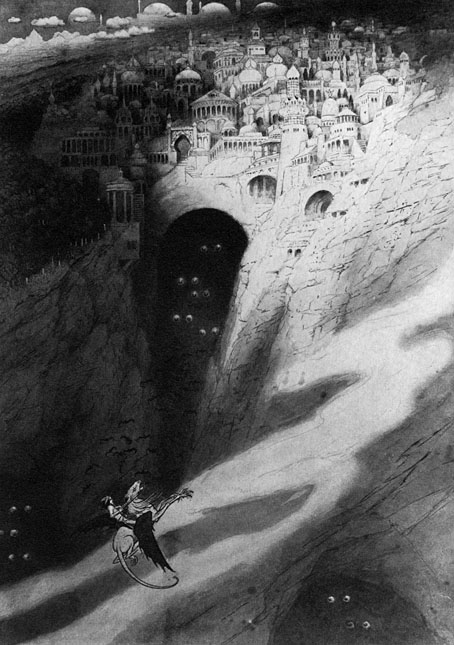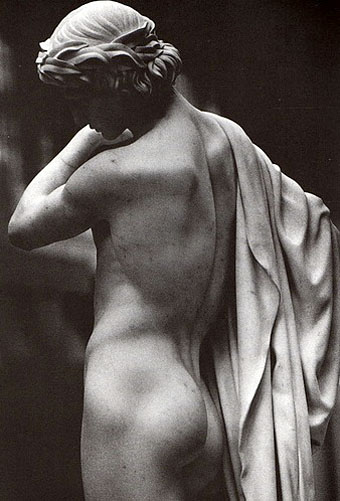A capital film
| The London Nobody Knows on DVD.
Month: March 2008
At the Saint Sebastians exhibition you might think you’re seeing double
Reflections of Narcissus
Untitled (Adrian Kissing) 2007.
The icon of male vanity returns again in a surreptitious form via this photograph by Brandon Herman from a new exhibition, My Vacation with a Kidnapper, which opens today at the Envoy Gallery, NYC, until April 19, 2008. Herman’s photography brings to the surface (so to speak) the homoerotic subtext of the Narcissus myth. Despite the most common rendering of the story being one concerning the romance between Narcissus and Echo, there are other versions:
An important and earlier variation of this tale originates in the region in Greek known as Boeotia (to the north and west of Athens). Narcissus lived in the city of Thespiae. A young man, Ameinias, was in love with Narcissus, but he rejected Ameinias’ love. He grew tired of Ameinias’ affections and sent him a present of a sword. Ameinias killed himself with the sword in front of Narcissus’ door and as he died, he called curses upon Narcissus. One day Narcissus fell in love with his own reflection in a spring and, in desperation, killed himself.
Some earlier (and favourite) artistic representations follow.
Sidney Sime and Lord Dunsany
‘We would gallop through Africa’ from A Dreamer’s Tales.
More from the book scans at the Internet Archive. Lord Dunsany was Edward John Moreton Drax Plunkett, 18th Baron of Dunsany and a writer of a number of fantasy tales beginning with The Gods of Pegana in 1905. His work is notable these days for having been a huge influence on the early stories of HP Lovecraft who once divided his literary output into his Poe pieces and his Dunsany pieces. Dunsany found an ideal illustrator in Sidney Sime who started out as a Beardsley pasticheur but developed his own slightly comical variant on the kind of exotica favoured by Edmund Dulac and Kay Nielsen.
Of the Dunsany/Sime books, Archive.org has The Sword of Welleran (1908), A Dreamer’s Tales (1910), The Book of Wonder (1912) and Tales of Wonder (1916). These stories are frequently too whimsical for my tastes—I’ve never been very keen on Lovecraft’s Dunsany pieces either—but they’re still worth a look for anyone interested in the lighter side of 20th century fantasy.
‘The City of Never’ from The Book of Wonder.
Elsewhere on { feuilleton }
• The illustrators archive
Previously on { feuilleton }
• HP Lovecraft’s favourite artists




